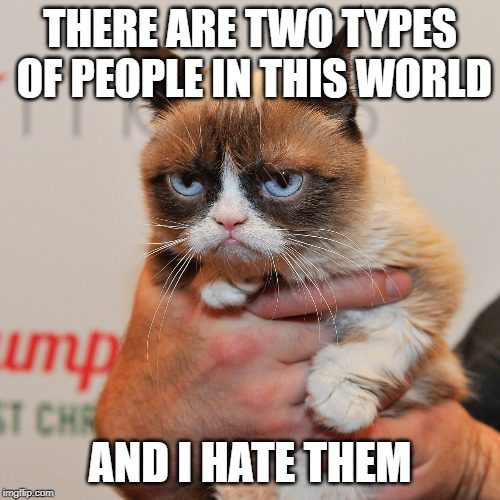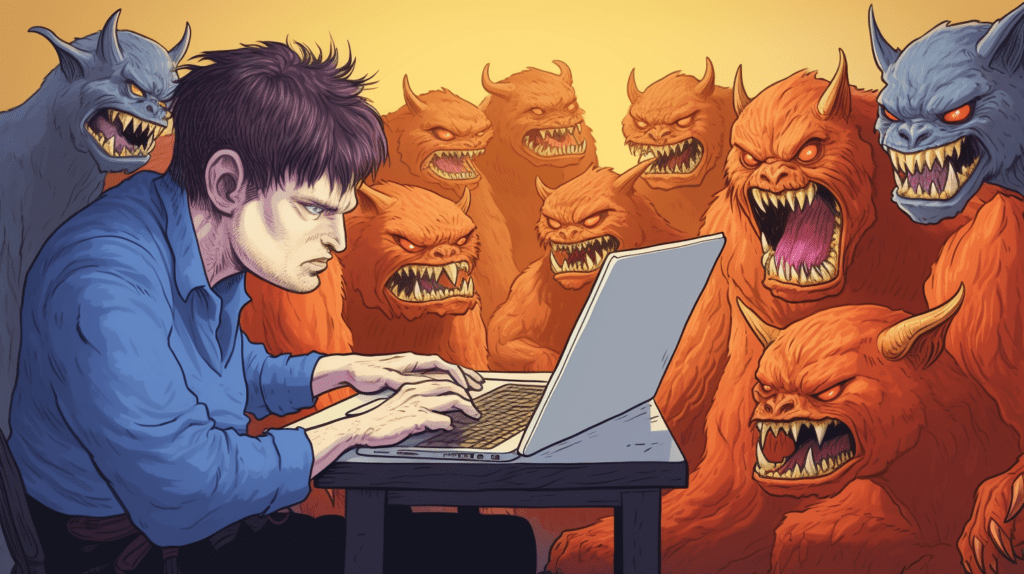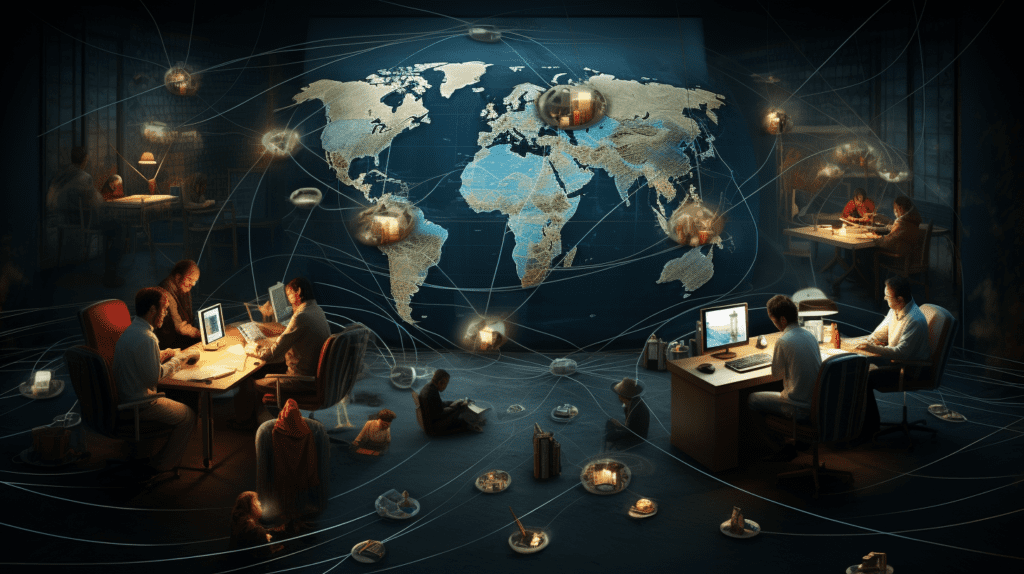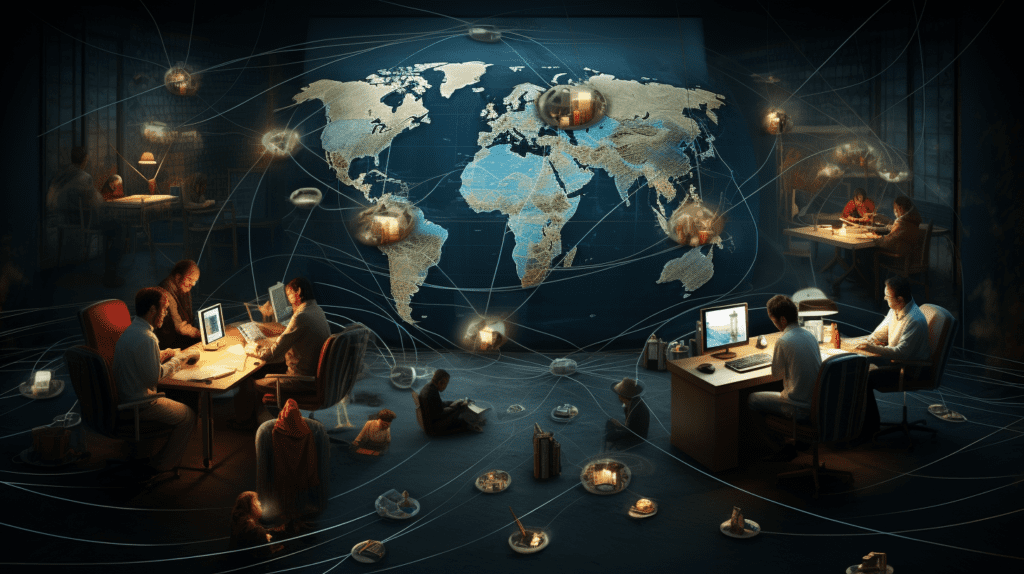The concept of a “honeypot” in the realms of cybersecurity and information warfare is a fascinating and complex one, straddling the line between deception and defense. At its core, a honeypot is a security mechanism designed to mimic systems, data, or resources to attract and detect unauthorized users or attackers, essentially acting as digital bait. By engaging attackers, honeypots serve multiple purposes: they can distract adversaries from more valuable targets, gather intelligence on attack methods, and help in enhancing security measures.
Origins and Usage
The use of honeypots dates back to the early days of computer networks, evolving significantly with the internet‘s expansion. Initially, they were simple traps set to detect anyone probing a network. However, as cyber threats grew more sophisticated, so did honeypots, transforming into complex systems designed to emulate entire networks, applications, or databases to lure in cybercriminals.

Honeypots are used by a variety of entities, including corporate IT departments, cybersecurity firms, government agencies, and even individuals passionate about cybersecurity. Their versatility means they can be deployed in almost any context where digital security is a concern, from protecting corporate data to safeguarding national security.
Types and purposes
There are several types of honeypots, ranging from low-interaction honeypots, which simulate only the services and applications attackers might find interesting, to high-interaction honeypots, which are complex and fully-functional systems designed to engage attackers more deeply. The type chosen depends on the specific goals of the deployment, whether it’s to gather intelligence, study attack patterns, or improve defensive strategies.
In the context of information warfare, honeypots serve as a tool for deception and intelligence gathering. They can be used to mislead adversaries about the capabilities or intentions of a state or organization, capture malware samples, and even identify vulnerabilities in the attacker’s strategies. By analyzing the interactions attackers have with these traps, defenders can gain insights into their techniques, tools, and procedures (TTPs), enabling them to better anticipate and mitigate future threats.
Historical effects
Historically, honeypots have had significant impacts on both cybersecurity and information warfare. They’ve led to the discovery of new malware strains, helped dismantle botnets, and provided critical intelligence about state-sponsored cyber operations. For example, honeypots have been instrumental in tracking the activities of sophisticated hacking groups, leading to a deeper understanding of their targets and methods, which, in turn, has informed national security strategies and cybersecurity policies.
One notable example is the GhostNet investigation, which uncovered a significant cyber espionage network targeting diplomatic and governmental institutions worldwide. Honeypots played a key role in identifying the malware and command-and-control servers used in these attacks, highlighting the effectiveness of these tools in uncovering covert operations.

Ethical and practical considerations
While the benefits of honeypots are clear, their deployment is not without ethical and practical considerations. There’s a fine line between deception for defense and entrapment, raising questions about the legality and morality of certain honeypot operations, especially in international contexts where laws and norms may vary widely.
Moreover, the effectiveness of a honeypot depends on its believability and the skill with which it’s deployed and monitored. Poorly configured honeypots might not only fail to attract attackers but could also become liabilities, offering real vulnerabilities to be exploited.
Cyber attackers and defenders
Honeypots are a critical component of the cybersecurity and information warfare landscapes, providing valuable insights into attacker behaviors and tactics. They reflect the ongoing cat-and-mouse game between cyber attackers and defenders, evolving in response to the increasing sophistication of threats. As digital technologies continue to permeate all aspects of life, the strategic deployment of honeypots will remain a vital tactic in the arsenal of those looking to protect digital assets and information. Their historical impacts demonstrate their value, and ongoing advancements in technology promise even greater potential in understanding and combating cyber threats.
By serving as a mirror to the tactics and techniques of adversaries, honeypots help illuminate the shadowy world of cyber warfare, making them indispensable tools for anyone committed to safeguarding information in an increasingly interconnected world.







































